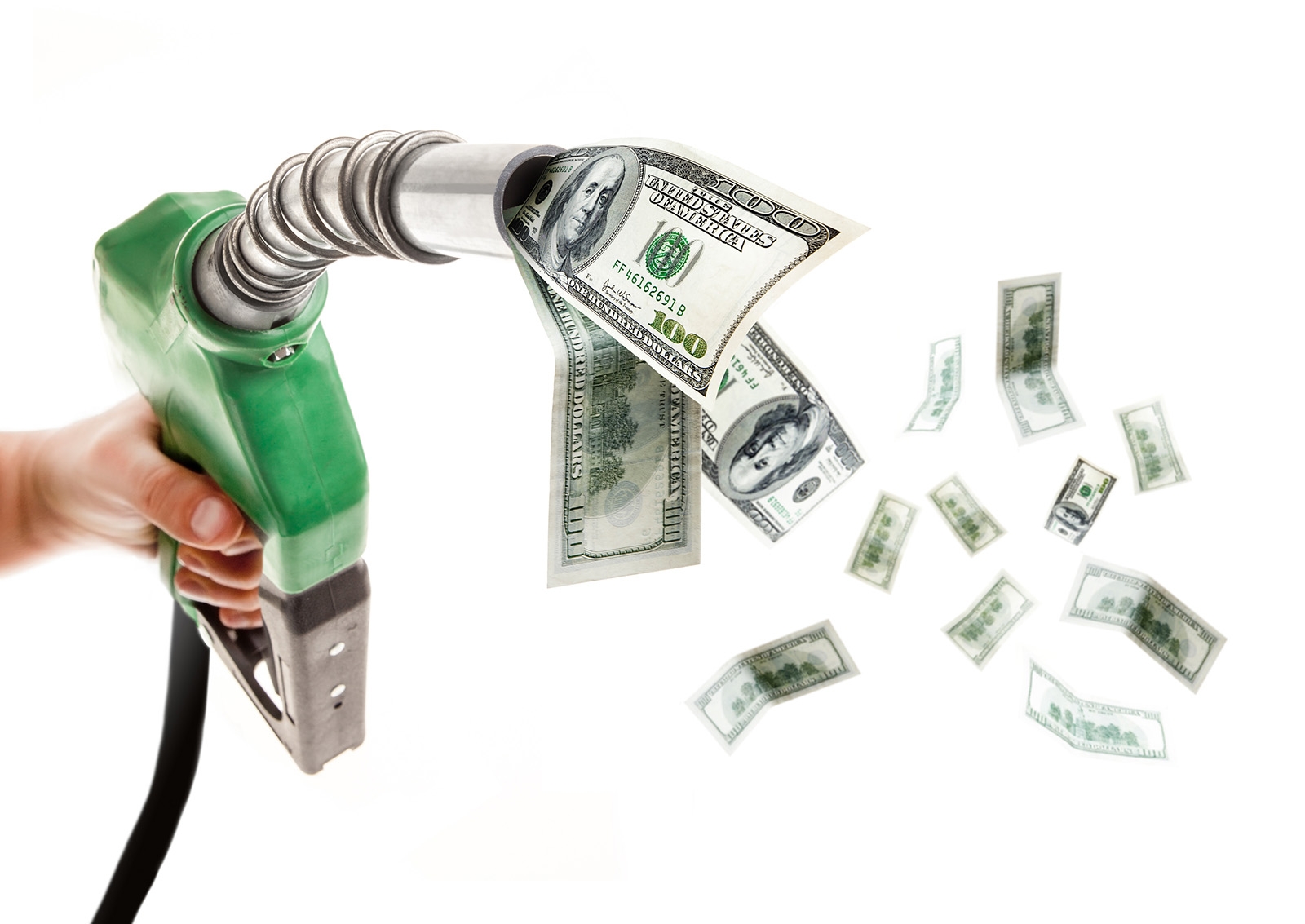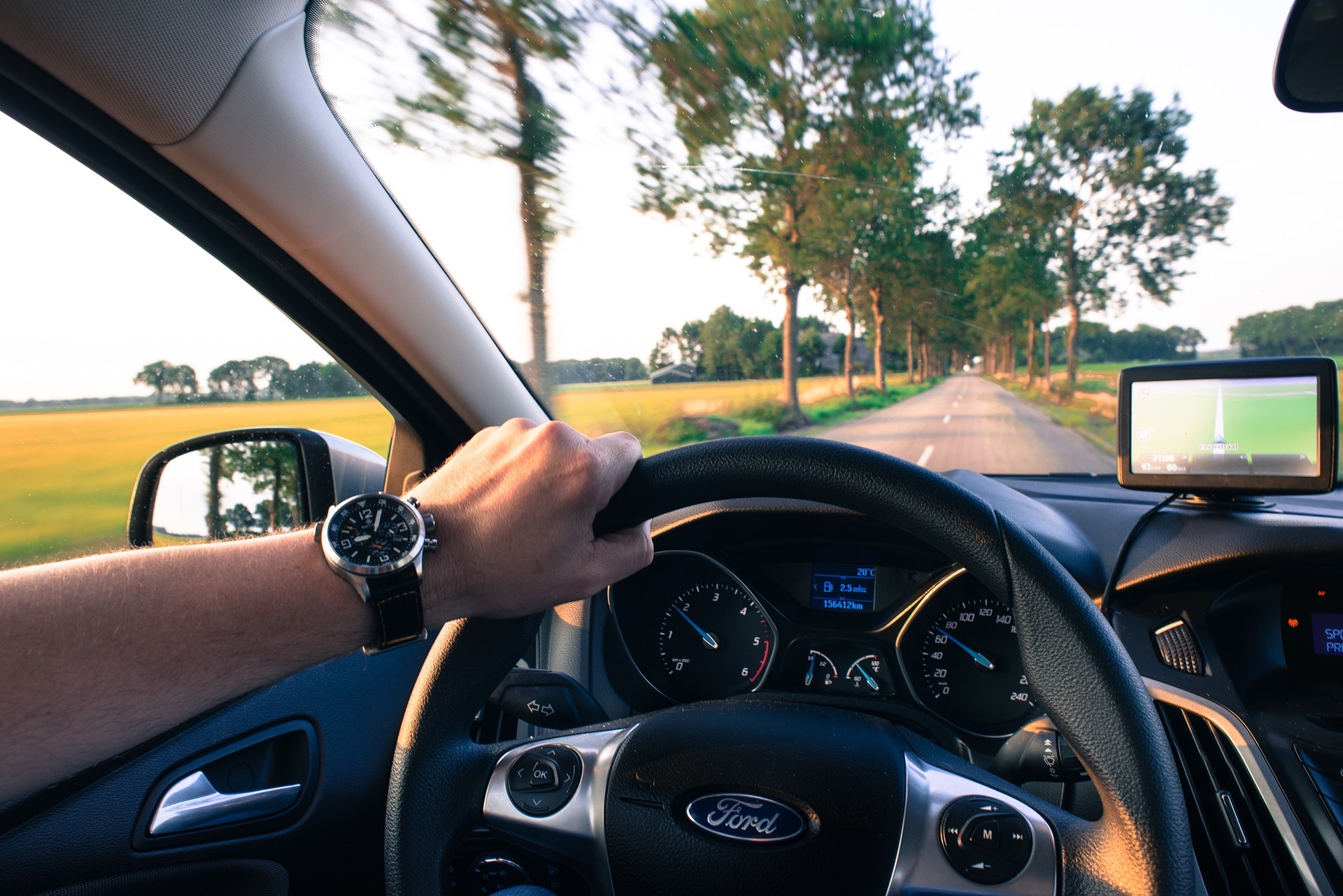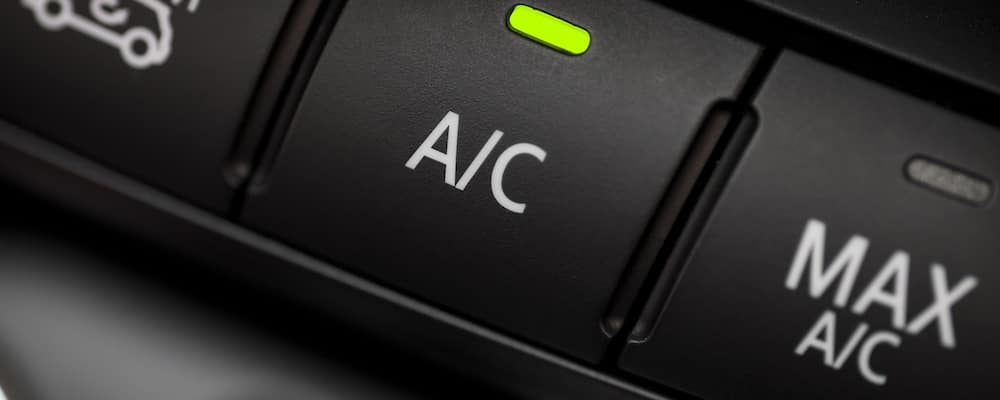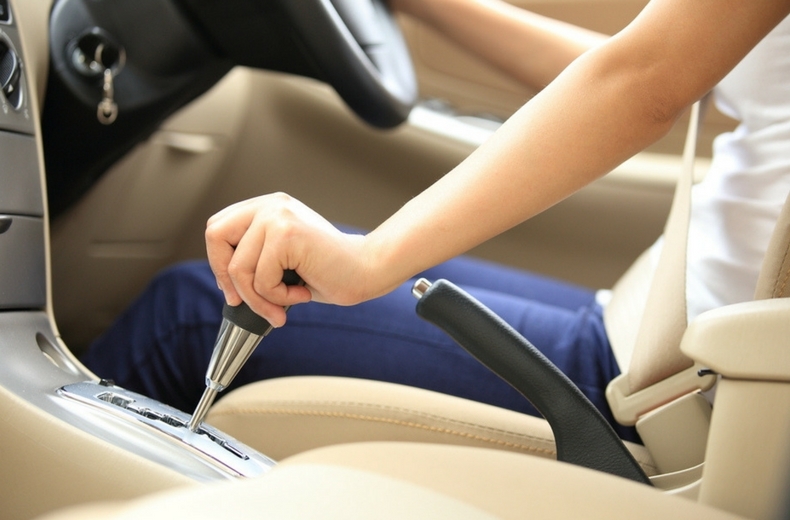Best Driving Techniques and Tips To Save Fuel For Cars
 |
| With modern cars, you are already driving more fuel-efficiently as they cave certain features and capabilities previously unavailable and nature-friendly. Photo: Carson |
Fuel-efficient driving can save you hundreds of dollars in fuel each year, improve road safety and prevent wear on your vehicle. Adopt these tips for fuel-efficient driving techniques to lower your vehicle’s fuel consumption and carbon dioxide emissions by as much as 25%.
5 Fuel-efficient driving techniques
 |
| Driving in a fuel-efficient manner is good not only for your car and other traffic participants but also for your wallet and the environment. Photo: CRS Automotive |
1. Accelerate gently
The harder you accelerate the more fuel you use. In the city, you can use less fuel by easing onto the accelerator pedal gently. To be as fuel-efficient as possible, take 5 seconds to accelerate your vehicle up to 20 kilometers per hour from a stop. Imagine an open cup of coffee on the dashboard. Don’t spill it!
2. Maintain a steady speed
When your speed dips and bursts, you use more fuel, and spend more money, than you need to. Tests have shown that varying your speed up and down between 75 and 85 km per hour every 18 seconds can increase your fuel use by 20%.
Consider using cruise control for highway driving, where conditions permit. Be mindful, however, that little variations in speed can actually be good when gravity does the work. Where traffic patterns permit, allow your speed to drop when you travel uphill, then regain your momentum as you roll downhill.
3. Anticipate traffic
Look ahead while you’re driving to see what is coming up. And keep a comfortable distance between your vehicle and the one in front of you. By looking closely at what pedestrians and other cars are doing, and imagining what they’ll do next, you can keep your speed as steady as possible and use less fuel. It’s also safer to drive this way.
4. Avoid high speeds
Keep to the speed limit and save on fuel! Most cars, vans, pickup trucks and SUVs are most fuel-efficient when they’re traveling between 50 and 80 km per hour. Above this speed zone, vehicles use increasingly more fuel the faster they go.
For example, at 120 km per hour, a vehicle uses about 20% more fuel than at 100 km per hour. On a 25-km trip, this spike in speed – and fuel consumption – would cut just two minutes from your travel time.
5. Coast to decelerate
Every time you use your brakes, you waste your forward momentum. By looking ahead at how traffic is behaving, you can often see well in advance when it’s time to slow down. You will conserve fuel and save money by taking your foot off the accelerator and coasting to slow down instead of using your brakes, said GC.
| Your Personal Action Plan Your fuel-savings target: ………% Ways to reach your goal
|
8 petrol and diesel saving tips
1. Make sure you maintain your vehicle
The average age of a car at scrappage is around 14 years, while the average age of vehicles on the road is closer to eight years.
Regular maintenance and servicing improves the efficiency of your vehicle and therefore can improve your fuel consumption.
It’s particularly important to make sure your tires are inflated to the correct pressure as indicated in your owner’s manual as underinflated and overinflated tires both adversely affect fuel economy. Tyre pressures will vary depending on the load you are carrying: if you have four passengers and luggage then you will need your tires inflated to the maximum recommended pressures.
| Things to check: 1. Maintain your car’s battery 2. Change filters regularly 3. Drive smoothly… most of the time 4. Use your air conditioning 5. Replace spark plugs and leads 6. Top up fluids regularly 7. Check your tyres |
2. Combine journeys: a warm engine is more efficient
Consider making one round trip rather than several short trips. Once the engine is warm it will operate at its most efficient whereas several cold starts will increase fuel consumption even though the total mileage could be the same
This is why the RAC’s Record Road Trip team kept going almost continuously, only stopping for 20 minutes at a time on the way to setting a world record of driving through 14 countries on one tank of fuel. That was 1,158.9 miles, driving at an average speed of 45mph and achieving an incredible 75.9mpg.
The thermodynamic answer is efficiency is essentially mechanical energy output divided by the total energy available in the fuel burned. Since a hot engine needs to be better insulated to maintain the higher temperature for a similar amount of fuel burned, there's less heat energy wasted and therefore more efficiency.
The chemical answer is that for a chemical reaction to take place, a certain energy threshold must be reached. A hotter engine has the fuel starting out closer to this threshold so less energy needs to be expended to make the gas ignite. What you wind up with is the gas needing less input energy and combusting more completely assuming you can get enough air mixed in with the fuel.
3. Don’t get dragged down
Don’t leave your roof bars and roof box on because they create wind resistance and cause your car to use more fuel through the ‘drag’ effect. This is increased the faster you drive.
According to the Energy Saving Trust, an empty roof rack adds 16% drag when driving at 75mph. At the same speed, a roof box adds 39%, making your vehicle much less fuel-efficient.
Even those little flags you can affix to your vehicle to show support for your football team during the world cup can decrease your mpg!
Driving with an open window also has a similar effect.
4. Does cruise control use more fuel?
The burning question – let’s get straight to it. YES – cruise control does use more fuel… under normal road conditions.
Why? If you’re using cruise control on normal roads then the simple reason is that cruise control is less adaptable to the minor changes that come with everyday driving.
Think of when you reach the brow of a hill or see traffic up ahead – you can react to what’s happening ahead of you quicker than the car. Cruise control will not read the road the way you can, meaning it will be asking more of your engine than it might need – using more fuel in the process.
Cruise control only aids fuel economy when driving on a constant flat surface, hence why it is usually best reserved for motorway driving.
One of the keys to saving fuel is driving at a constant speed, cruise control can do this effectively on flat surfaces, making your driving as fuel-efficient as possible by negating unnecessary acceleration.
However, if you were to use your cruise control regularly, not on flat roads, you would encounter problems that would increase your fuel consumption.
This is because your cruise control would be slower to react to gradient changes, meaning when reaching the brow of a hill – at which point you would normally take your foot off the accelerator to maintain more of a constant speed when descending – your cruise control will keep the power on for a little longer as it’s unable to see the gradient change in front of you. Driving in this way regularly would lead to worse fuel consumption.
Interestingly, the most fuel-efficient roads in the country are not quiet extra-urban dual carriageways or 20mph city streets, they are motorways. This is where you can leave the car in top gear and gently cruise along, using minimal fuel.
5. Anticipate: try not to lose momentum
In line with the above point, keeping the car moving at the right speed is essential to fuel economy. Obviously, this depends on traffic conditions and what’s happening on the road ahead, but slowing down and having to accelerate again naturally uses more fuel.
The best advice is to drive as smoothly as possible, gently using the steering, accelerator and brakes. When slowing down, it’s important to remain in gear as the fuel cut-off switch in a fuel injection engine is then activated, meaning virtually no fuel is used while braking.
Try to anticipate what’s going to happen in front of you by looking well ahead. This way you’ll see the traffic lights on red meaning you can ease back on the accelerator or slow down naturally and potentially keep moving as opposed to coming to a stop.
Driving up hills destroys fuel economy. When you spot a hill coming try to accelerate a little before you reach it, then ease off as you drive up. The extra momentum should be enough to minimise additional fuel consumption.
6. Does the AC and heat use fuel?
 |
| Photo: Toyota of Downtown LA |
Yes, it does. Don’t use your air conditioning unless you really have to as it uses engine power and therefore increases fuel consumption.
This goes for heat as well as cooling, so try to dress for the weather, even inside your car, if fuel efficiency is a big concern.
7. Gentle right foot: highest gear possible within the speed limit
 |
| Photo: RAC |
Excessive speed is the biggest fuel-guzzling factor so having a light right foot and ensuring all acceleration is gentle is very important to fuel-efficient driving.
Of course, you will always have to accelerate a number of times on a journey, but that doesn't mean you have to pull away like you're on the starting line at Silverstone!
Probably the biggest secret to achieving high mpg is driving in the highest possible gear for your vehicle while keeping within the speed limit. The best advice in urban areas is to change up through the gears as quickly as you can with the lowest revs possible, probably at around 2000rpm. Remember the faster an engine spins, the more fuel it uses.
This optimum fuel economy speed will be different for every car, but when the RAC completed its Record Road Trip in the Audi A6 ultra, that particular car’s optimum fuel economy speed was 52mph in seventh gear on the flat.
While there is an ideal speed, road conditions and gradients don’t often allow you to do that speed so you have to improvise and learn to adjust your driving according to the road ahead, a technique often referred to as hypermiling.
Over the years the speed of 56mph has often been talked about as being the optimum speed. This was due to the old fuel consumption test being run at three speeds: urban, 56mph and 75mph – and 56mph was always, unsurprisingly, the most efficient of these. Typically, cars are most efficient at 45-50mph.
As well as fuel economy differing from vehicle to vehicle, it is also dependent on a number of other factors such as tyre pressure, presence of roof racks, and driving style – all of which are covered in this guide.
8. Lighten the load
While this isn’t going to make the biggest difference to your mpg figures it stands to reason that the heavier a vehicle is, the more fuel it will use.
For that reason, don’t keep unnecessary items in your boot as they all add weight to your vehicle, which is not going to help your fuel economy in the long run, cited by RAC.
|
Americans have slashed spending on restaurants, travel, and live entertainment. But we’re spending more on subscription services—especially video-streaming subscriptions. Check out our efficient saving tips ... |
|
Moving house is often described as one of the most stressful things you have to do - but the work does not stop when you ... |
|
It is reported that next to air, water is the most important element for the preservation of life. Therefore, it is important that we know ... |





























